When you step into the sleepy, maze-like alleys of Al Fahidi, you would never know you were in Dubai. There are no skyscrapers here, no cars, no shopping centers: this old neighborhood is built of coral, plaster and boxwood, unadorned except for a few vaulted arches and hand-carved teak doors. In the courtyards, clouds of pink bougainvillea provide welcome shade from the sun, while elegant wind towers – no taller than two stories – direct lazy breezes into the houses, a design that predates modern air conditioning by centuries.
It’s an enchanting scene, a glimpse of ancient Arabia that couldn’t be further from modern Dubai, let alone our own rain-soaked shores. However, Al Fahidi owes its existence to Britain and the King – without whom it would have been lost long ago to the UAE’s famously insatiable development plans.
In 1989, then-Prince Charles and Princess Diana visited Dubai during a royal tour, as his mother Elizabeth II had done a decade earlier. Legend has it that the Prince of Wales’s original itinerary did not include Bastakiya, as Al Fahidi was then known, but Rayner Otter – a British architect who lived in the district – wrote to the heir to the throne to invite him to his adopted neighborhood, informing him of the prince’s interest in heritage sites.
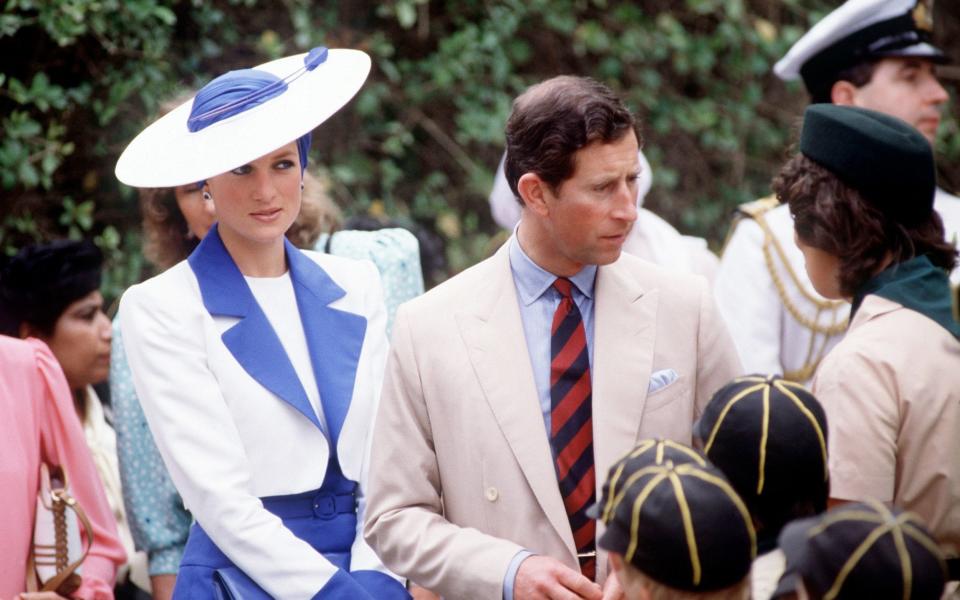

On the banks of the Creek waterway north of the city, Bastakiya dated back to the 1890s. Its grand villas were built by pearl merchants and textile merchants who had found their fortune in the city’s souks. It is named after the Iranian city of Bastak, where many of its enterprising residents came from.
“We have had wonderful years here,” said Dr Eesa M Bastaki, the President of Dubai University, who was born in Al Fahidi. “The whole community was connected. We were three families living in one big house… in the summer we swam in the Creek every day.’
But by the 1980s, Bastakiya’s heyday was over and its coral walls and wind towers were crumbling. Large parts had been razed to make way for new developments, and the last remaining part was also threatened. In fact, the entire Creek area was in decline. “As bad a state of affairs as you can see in Jamaica, for example,” complained one critic in The Times – but that didn’t deter the Prince of Wales.
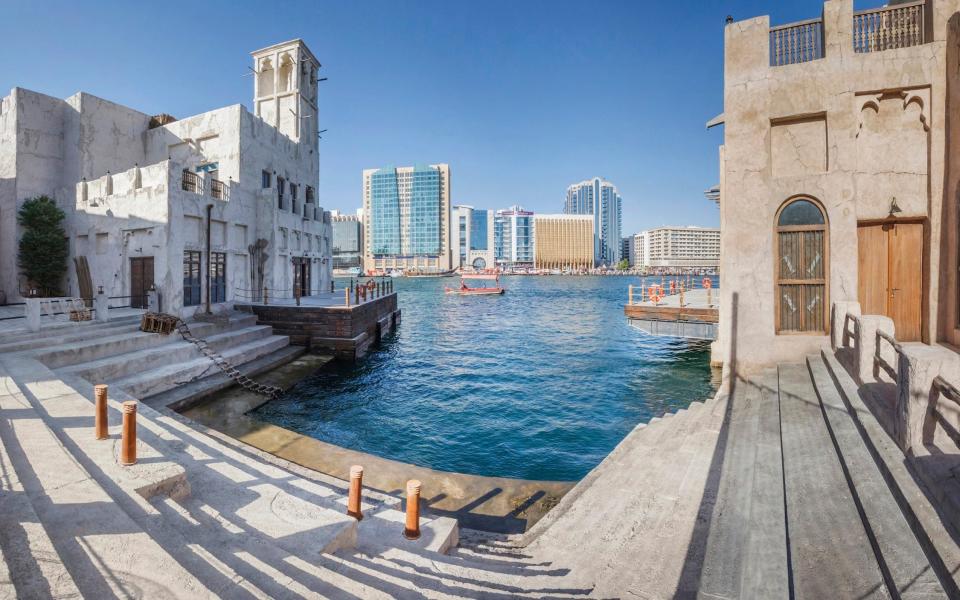

At Otter’s suggestion, Charles “visited the dilapidated and shrinking neighborhood,” explains Todd Reisz, author of Showpiece City: How Architecture Made Dubai (Stanford, £27.99). The prince was so taken with Bastakiya’s heritage that he reportedly begged Sheikh Rashid bin Saeed Al Maktoum, then ruler of Dubai and prime minister of the UAE, to call off the bulldozers. Details are scarce: some historians say the prince wrote a letter to the sheikh, others describe a personal meeting. But either way, the British monarch’s interest inspired Dubai to view its past as an asset to be restored, not destroyed. “Just by visiting, he is credited with his personal intervention to preserve Bastakiya,” Reisz said.
In true Dubai style, the restoration of this aging neighborhood was transformative, with no expense spared. In 2012, the area was renamed Al Fahidi, after a nearby 18th-century fortress.
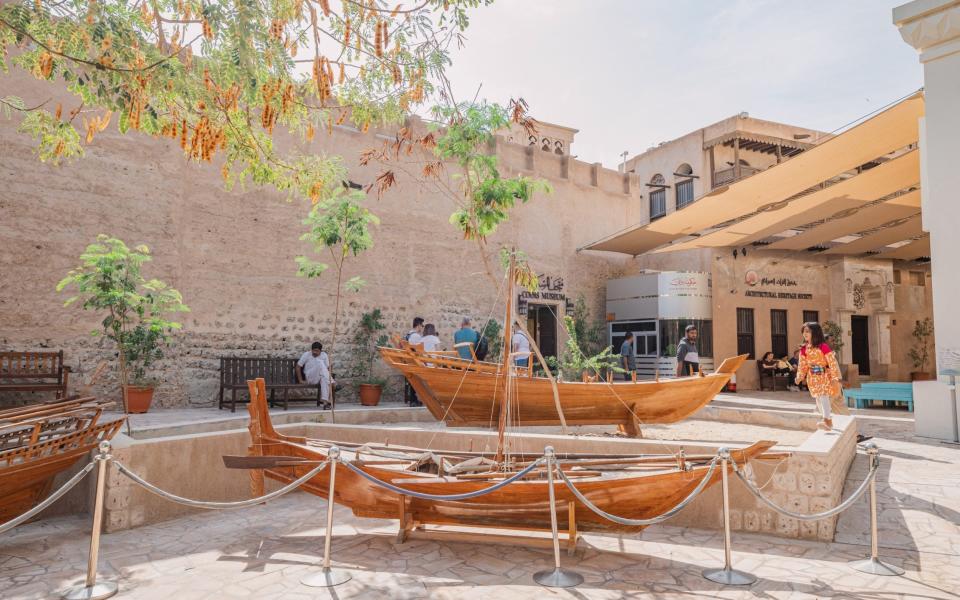

This year marks the 35th anniversary of Charles and Diana’s visit, and yet Al Fahidi still remains somewhat under the radar. Most tourists who wander through the small sikkas (alleyways) end up here by accident, on a detour from Al Seef – a new-build pastiche of traditional architecture that has sprung up next door, complete with fake lobster pots to decorate the streets and a Starbucks apparently built of mud bricks (it’s not).
Al Fahidi is much more subtle, more charming – and it’s the real deal. At sunset, the Maghrib call to prayer echoes through the streets, the honeyed light turning the wind towers golden. Many of the houses have been transformed into heritage museums, galleries and shops; Perhaps less striking is that the majority are oriented south-west, towards Qibla – the direction of the Kaaba in Mecca, Saudi Arabia, towards which Muslims pray.
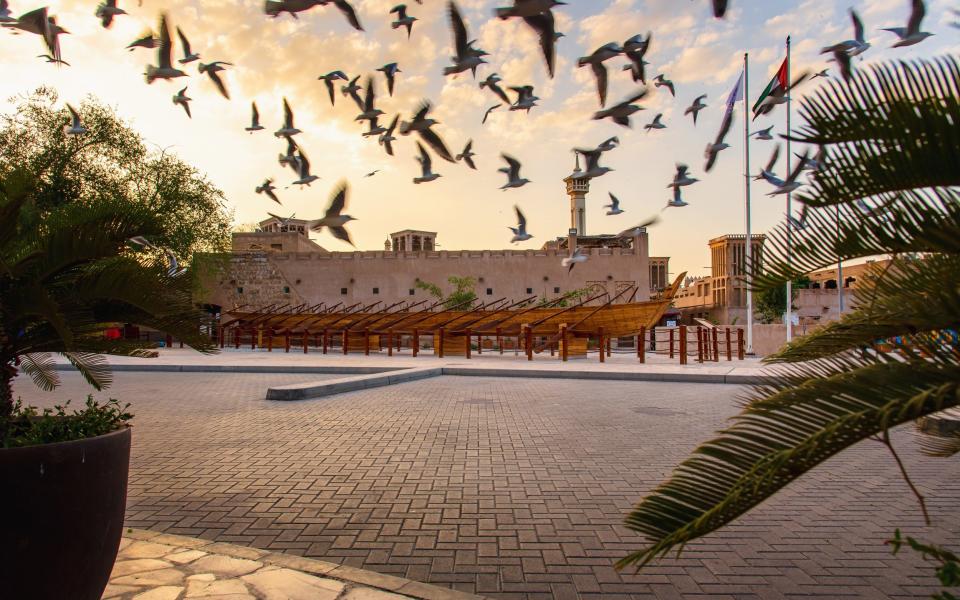

Al Fahidi is just a 20-minute taxi ride from the stunning skyscrapers of Downtown, but it’s also a world apart – ideal for an afternoon of leisurely strolling. “This place gives me peace,” says Dr. Bastaki, running his hand over the sikka walls that have witnessed Dubai’s extraordinary evolution. “It is a testament to how fortunate we are to uphold and protect our principles.” In this ever-changing city, Al Fahidi is a precious piece of the past – saved from oblivion, thanks to the foresight of a future king.
How to spend an afternoon in Al Fahidi?
From your hotel, take a taxi to the Sheikh Mohammed Center for Cultural Understanding, which is housed in one of the pearl merchant’s largest houses. It offers fun, candid questions and answers over extended lunches of local biryanis and curries, with no questions prohibited. Conversations range from Dubai’s tribal history and religious beliefs to whether the police fleet actually includes a Lamborghini (it does, plus a Maserati, Bentley, McLaren and more).
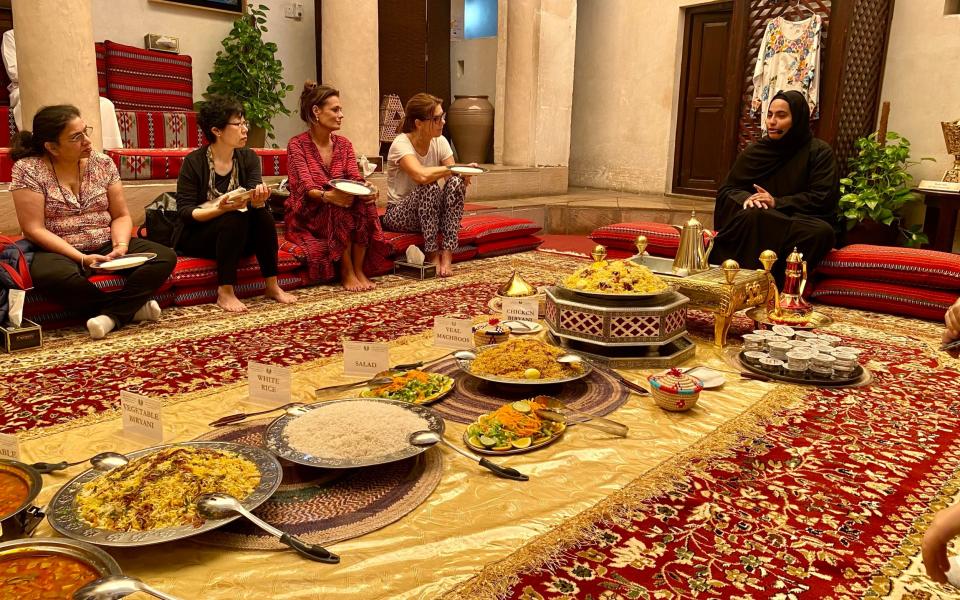

Al Fahidi is completely car-free and only a few hundred meters wide. Street art adorns the walls of some sikkas, while XVA Gallery and The Majlis Gallery showcase painting, sculpture and calligraphy by UAE artists. The first is adjacent to the XVA Art Hotel, in another historic villa, and the courtyard café serves cardamom-spiced coffee under a huge banyan tree. Every February, the Sikka Art & Design Festival – now in its 12th year – features live music, poetry readings and traditional storytelling at events across the area.
There are no souks in Al Fahidi, but there are a few small shops selling antiques and handicrafts: from opulent silver coffee pots to handbags decorated with Arabic pop art. Small museums delve into niche corners of Emirati culture, such as calligraphy, coffee and traditional daggers; the latter, Bayt Al Khanyar, also shows black and white photographs of the UAE and its rulers, long before their oil reserves were unearthed.
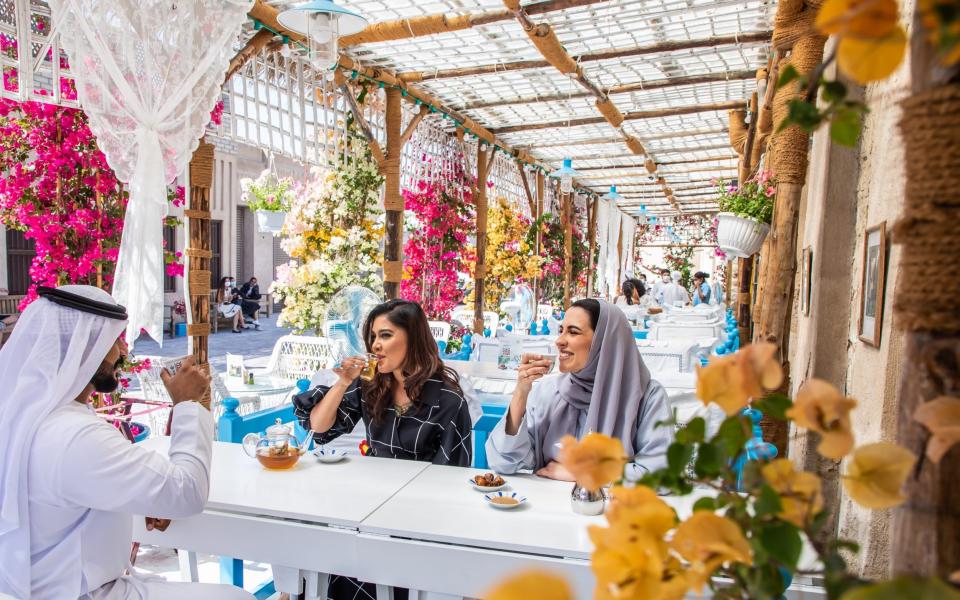

For dinner, guests can visit the Arabian Tea House Restaurant, which specializes in Emirati cuisine. Try the saffron-infused karak iced tea and tahta laham: slow-cooked lamb with raisins, yogurt and fresh coriander. If you’re staying at the nearby
Essentials
Emirates (0344 800 2777; emirates.com) flies direct to Dubai from seven UK airports, from £535 return. XVA Art Hotel (+971 4 353 5383; xvahotel.com) offers double rooms from AED585 (£126) per night, room only. For more information, see visitdubai.com.